Optimal Timing for Thicket Clearings
Thicket clearings involve removing dense underbrush and overgrown vegetation to promote healthier ecosystems, improve access, and manage land effectively. The optimal timing for these activities depends on various environmental and biological factors, ensuring minimal disruption to local flora and fauna.
Spring is often ideal due to active plant growth, allowing for easier removal of dead or overgrown vegetation before the peak growing season.
Late fall provides a period when many plants have gone dormant, reducing the impact on wildlife and making clearing more efficient.
Early summer can be suitable, especially after the initial growth phase, but care must be taken to avoid nesting seasons for local wildlife.
Mid-summer is generally less ideal due to high temperatures and active wildlife, which can be disturbed during clearing activities.
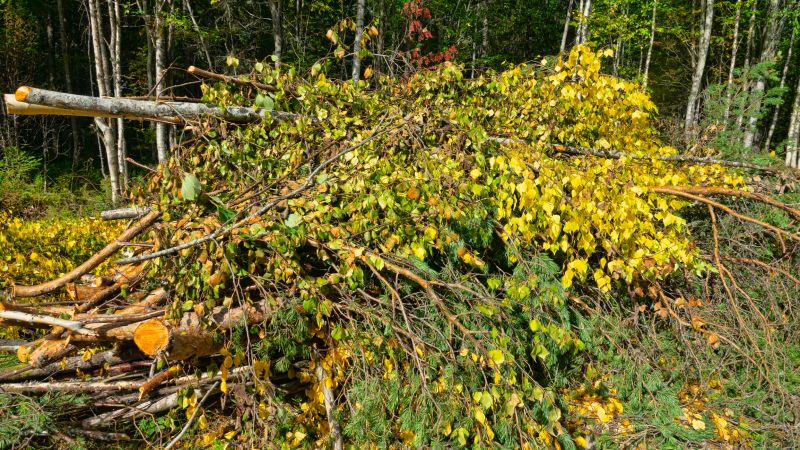
Vegetation is actively growing, making it easier to identify and remove dense underbrush.

Dormant plants and reduced wildlife activity facilitate efficient clearing.
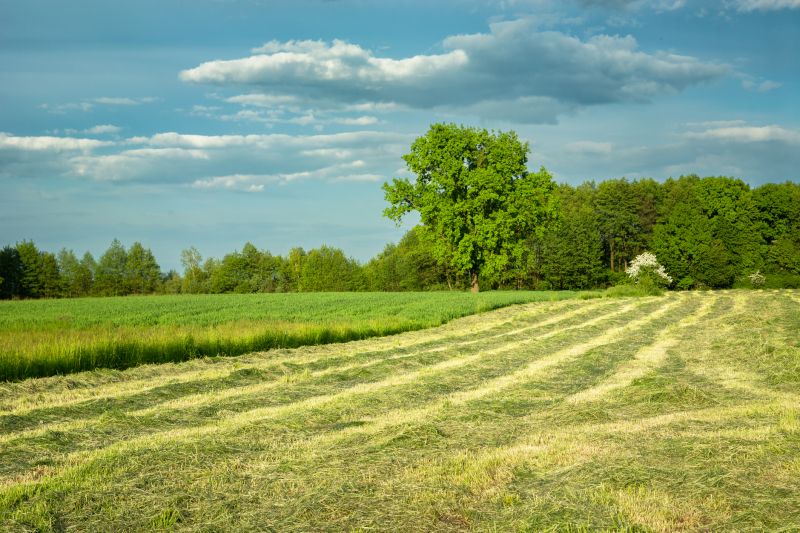
Post-growth period ideal for clearing with minimal wildlife disturbance.
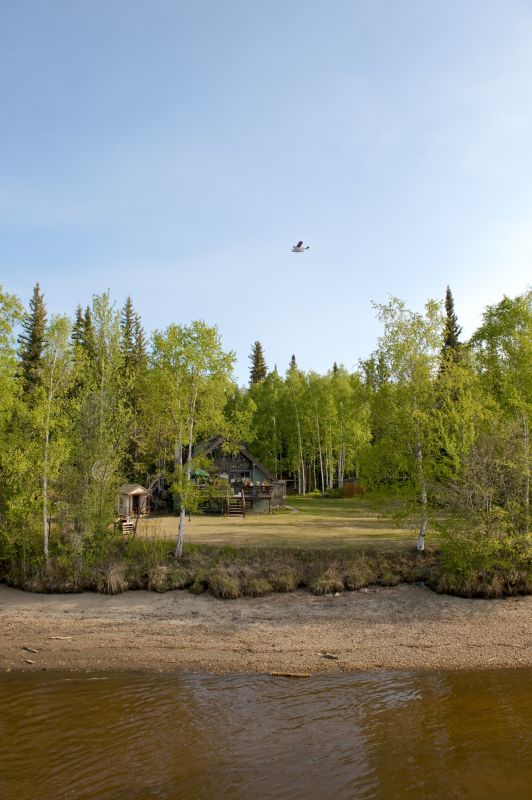
Ways to make Thicket Clearings work in tight or awkward layouts.
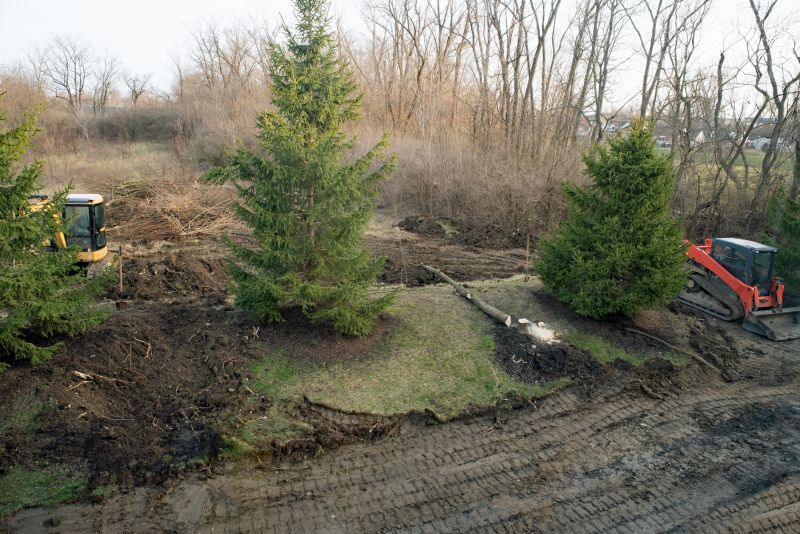
Popular materials for Thicket Clearings and why they hold up over time.

Simple add-ons that improve Thicket Clearings without blowing the budget.
| Season | Advantages |
|---|---|
| Spring | Active plant growth allows for easier removal before peak season. |
| Late Fall | Dormant vegetation and less wildlife activity. |
| Early Summer | Post-growth period with minimal disturbance. |
| Mid-Summer | Less ideal due to high temperatures and wildlife activity. |
| Winter | Not typically suitable due to frozen ground and dormant plants. |
Thicket clearings are a vital land management practice that can improve access, control invasive species, and promote healthy growth of desirable plants. Proper timing ensures that the ecosystem remains balanced and that clearing activities are effective without causing unnecessary disturbance.
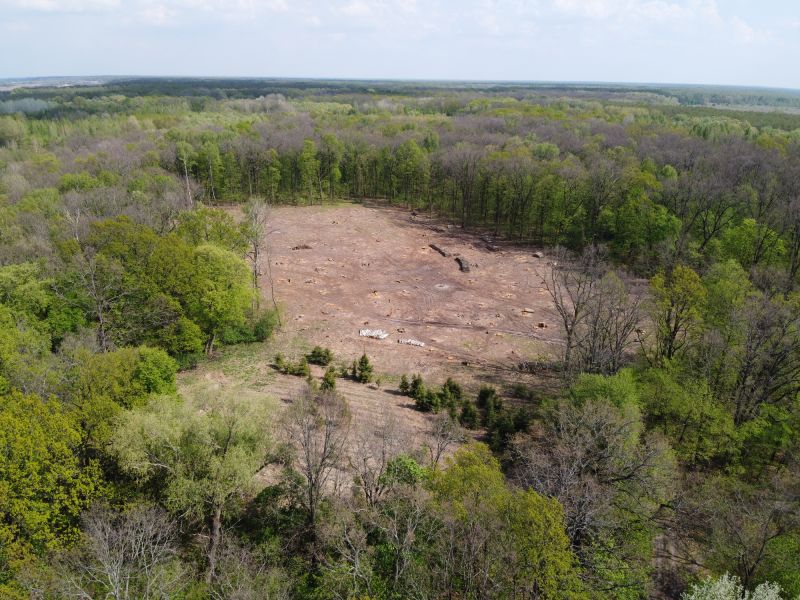
Removing dense underbrush during optimal seasons promotes healthier land.

Strategic timing enhances the effectiveness of clearing efforts.
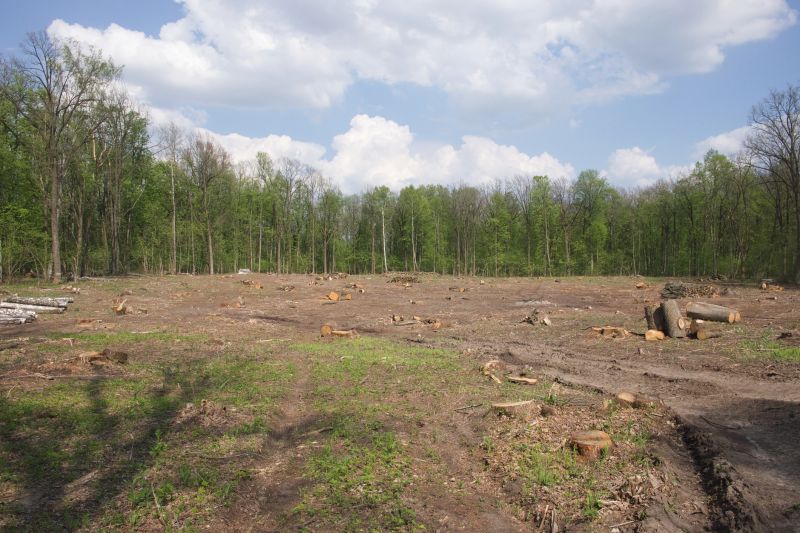
Timing minimizes impact on local fauna during sensitive periods.

Properly timed clearings facilitate better access for land use.
Those interested in scheduling thicket clearings are encouraged to contact for more information. Proper planning and timing can significantly enhance the results of land management efforts, ensuring a balanced and accessible landscape.
